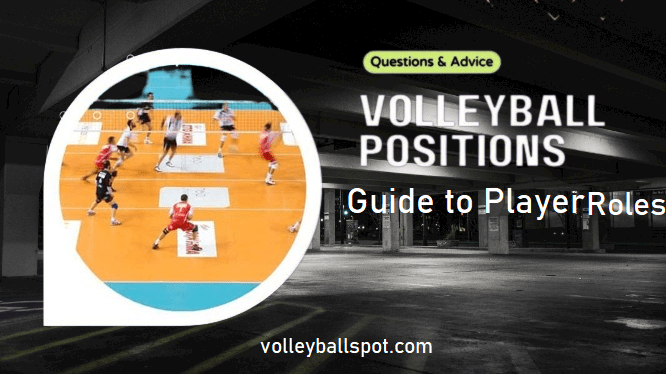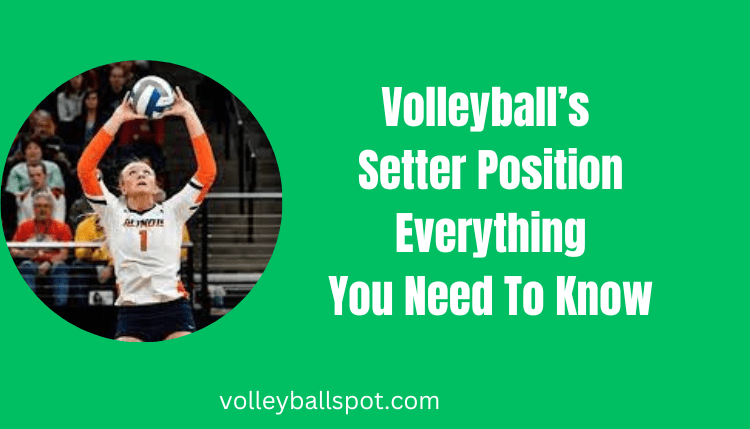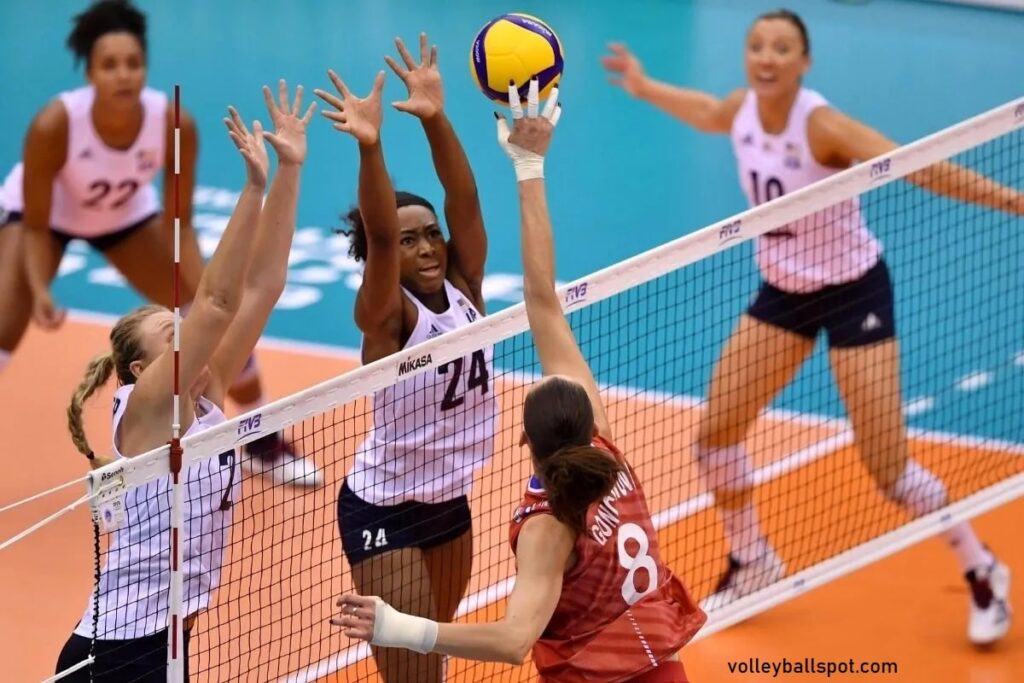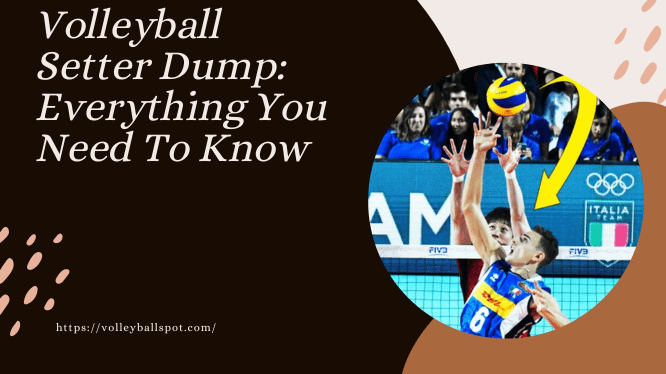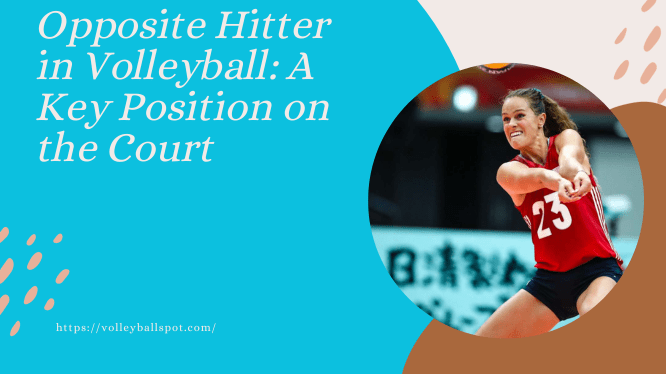
Volleyball is an exciting and dynamic sport that requires a well-coordinated team effort. Each player has a specific role to play, and one of the key positions on the court is the opposite hitter. In this article, we will explore the responsibilities, skills, and strategies of an opposite hitter in volleyball.
What is an Opposite Hitter?
The opposite hitter, also known as the right-side hitter, is one of the seven positions in volleyball. The other positions include outside hitter, setter, middle blocker, libero, defensive specialist, and serving specialist. The opposite hitter stands on the right side of the court and plays a crucial role in both offense and defense.
Responsibilities of an Opposite Hitter
- Offensive Role: The primary responsibility of an opposite hitter is to contribute to the team’s offensive strategy. They are expected to be powerful hitters who can deliver strong attacks from various angles on the right side of the net.
- Blocking: The opposite hitter has a critical job when it comes to blocking. They need to read their opponent’s outside hitter effectively and shut down their attacks.
- Defense: While defense may not be their main focus, opposite hitters should still possess solid defensive skills. They must be able to dig balls effectively and provide support to their teammates during rallies.
Skills Required for an Opposite Hitter
To excel as an opposite hitter in volleyball, certain skills are essential:
1. Hitting Technique:
Opposite hitters must have excellent hitting technique to deliver powerful attacks consistently. This includes proper footwork, arm swing mechanics, timing, and accuracy.
2. Blocking Ability:
Being able to block effectively is crucial for an opposite hitter. They need good lateral movement skills and quick reflexes to anticipate their opponent’s attacks at the net.
3. Versatility:
Opposite hitters should be versatile players who can adapt to different situations on the court. They need to be comfortable hitting from various angles and distances, as well as adjusting their approach based on the setter’s positioning.
4. Communication:
Communication is key in volleyball, and opposite hitters play an important role in coordinating with their teammates. Clear communication helps ensure effective blocking assignments, offensive plays, and defensive strategies.
Strategies for Success
To maximize their impact on the game, opposite hitters can employ several strategies:
- Study Opponents: Opposite hitters should analyze their opponents’ tendencies and strengths. By understanding the opposing team’s outside hitter, they can position themselves effectively to block or defend against attacks .
- Work with Setter: Building a strong connection with the team’s setter is crucial for an opposite hitter. This allows them to anticipate sets accurately and adjust their approach accordingly.
- Quick Transition: Opposite hitters must have quick footwork and transition smoothly between offense and defense. This enables them to be ready for both attacking and blocking responsibilities at any given moment.
Frequently Asked Questions (FAQs)
What are the main differences between an outside hitter and an opposite hitter?
While both positions involve attacking from the front row, there are some key differences between outside hitters and opposite hitters. Outside hitters typically attack from the left side of the court, while opposite hitters attack from the right side.
Can an opposite hitter also play as a setter?
It is not uncommon for an opposite hitter to possess setting skills; however, it is not their primary role on the court. In certain situations, or systems, they may be called upon to set when needed.
How can I improve my skills as an opposite hitter?
To improve as an opposite hitter, focus on developing your hitting technique, blocking ability, and overall volleyball skills. Regular practice, working with coaches, and studying the game will help you refine your abilities.
Conclusion
The opposite hitter is a vital position in volleyball, contributing to both offense and defense. With their powerful attacks, solid blocking skills, and versatility on the court, opposite hitters play a crucial role in the success of their team. By honing their skills and employing effective strategies, they can make a significant impact during matches. So, if you aspire to be an opposite hitter or simply want to understand this position better, keep practicing and learning from experienced players and coaches.

